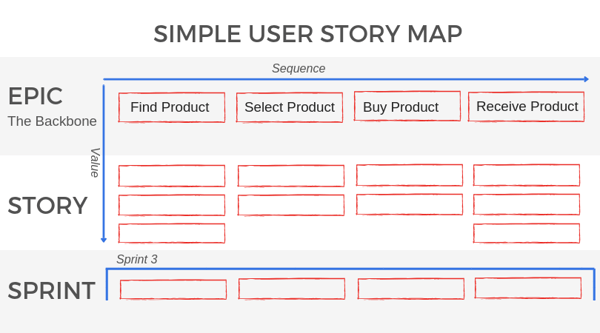Embracing Agile-Scrum and Continuous Collaboration
Our architecture and software products thrive on the agile-scrum method. With efficient sprints and constant communication between our developers and customers, we ensure outstanding outcomes.
Delivering Exceptional Results through Seamless Teamwork
Self-organizing and cross-functional teams
Each scrum team at Crystalloids is cross-functional so that all the competencies that are needed to accomplish the project are present. Our teams are self-organizing, meaning they choose how best to complete the project, rather than being directed by others outside the organization.
The different roles in a team
The Product Owner - is the sole person responsible for managing the Product Backlog
The Development Team - a cross-functional team that organizes and manages their own work
The Scrum Master - promotes and supports the Scrum teamThe Scrum events
- Sprint - is a period of two weeks during which a given goal gets accomplished.
- Sprint Planning - What can be delivered within a sprint and what work will we need to deliver it?
- Daily Scrum - is a daily meeting that the Development Team uses to review progress toward the Sprint Goal
- Sprint Review - is held at the end of each Sprint to review the achievements within that Sprint and adapt product backlog if needed.
- Sprint Retrospective - during the retrospective, the Scrum Team inspects itself and creates a plan for improvements
The Scrum Artifacts
- Product Backlog - it is an ordered list of everything that is known to be needed in the product. It is the single source of requirements for any changes to be made to the product. It is never complete.
- Sprint Backlog - it is the set of Product Backlog items selected for the Sprint.
.png?width=800&height=451&name=BLOG%20FORMAT%20(6).png)
Guiding Success with User Story Mapping
At Crystalloids, we work with the Scrum methodology which we believe is the best way to deliver working software to our stakeholders. The knowledge and expertise within Crystalloids and the transparency and control as a result of the SCRUM Agile principles contribute massively to the data strategy of our customers such as FD Media Group.
To avoid losing the overview of the bigger, long-term projects involving hundreds of user stories, we added a new element to the Scrum process: the user story map.
What is a user story map?
The user story map gives insight into the journey that users (or customers) take when they make use of the end product, including the activities and tasks they undertake in this process. The creation of the map is the first step when starting a project and it guides the agile team in the production of their product backlog.
The idea behind the story map is that you create it as a team, not just the product owner in charge. As a result, the whole team will be on the same page from the beginning of development until the ongoing delivery of new releases.
.jpg?width=600&height=338&name=BLOG%20FORMAT%20(9).jpg)
How is a user story map structured?
The map arranges user activities along the horizontal axis in the right sequence of time. Down the vertical axis, it represents the order of the value of the stories.
At the top of the map you find the backbone of the user story map; the activities a user will accomplish while using the product. The different user activities are the epics of the map.

Traditional flat agile backlog vs agile user story map
Unlike traditional backlog, the user story map has a vertical and a horizontal axis that displays the course of time. A user story map gives the entire context of a system in view, which helps with prioritization. While the flat backlog only displays the features, the story map explains the customer’s journey or what there is to be achieved. In reality, most scrum team members use the story map and the backlog together.
A user story map is a collaborative practice that guides an agile team in the creation of their product backlog. The story map captures the journey a customer takes with the product including activities and tasks they undertake. Creating the story map as a team ensures team members are on the same page from the start of development through to the ongoing delivery of new releases.
.png?width=600&height=333&name=EPIC%20(2).png)


